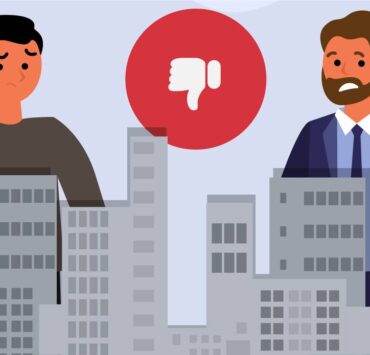How to encourage productivity and avoid procrastination

It is a reality that some employees often have excuses for delaying or avoiding work. The reasons can vary, but in the end, the main consideration is how employers can discourage this behavior—perhaps by helping the employee get to the main causes of such, and resolving them.
We asked Aian Guanzon, president of GoodDeal Financing, an advocate of continuous learning and growth in the workplace, for his thoughts and tips for encouraging productivity and avoiding procrastination.
For starters, let us recall that productivity must be measured based on output rather than effort. Otherwise, you will have employees who are exhausted but unproductive. Many also avoid real work: they consume time, money, resources and probably your energy, too, without making material contributions. It is highly likely that they themselves are unaware that they are avoiding real work, as well.
There are also cases of employees delaying or avoiding work because they are overwhelmed by the amount of tasks or the complexity of these. For new employees, they are probably grasping at straws because of a lack of knowledge and experience. For the seasoned ones, work avoidance could be due to monotony, ego, jealousy, lack of determination, misalignment, losing sight of the end goal, or simply, laziness.
We know that with unproductive staff, this could affect the firm’s costs and profits, impede growth. And you could end up spending more resources to resolve this.
Here are some concrete ways to help you and your team:
Coaching
Understand the root cause of work avoidance and apply action items accordingly. While knowledge and skills issues can be addressed through training and development programs, other issues will require more complex solutions, such as counseling, focus group discussions, or even mandating time off.
Delegation
Give those who are unchallenged more complex tasks, especially tasks that will utilize their existing skills and potentially develop new ones. Note, however, that sometimes this could end up either motivating the employee and leading to a promotion, or the company could end up losing the staff.
Reassign or redesign
People prefer work-life balance, of course. This is accomplished easier when people do what they love. Does his or her job match skills and preferences? Some creatives are stuck with tasks that require analytical skills, and this could result in fatigue and diminishing output quality, despite working fine before.
Consider changing departments or reassigning the employee. Job redesigns could also work. This may vary from simply requiring a different frequency of delivery to as complex as a department overhaul.
Meanwhile, those who feel overburdened might benefit from work process redesign. They might consider dividing tasks into more doable chunks—and thus have a sense of accomplishment, rather than trying to finish the entire workload.
The PIP
Finally, always measure the output. We always hear that “what isn’t measured isn’t done” and thus, the need to formulate a Performance Improvement Plan (PIP), which is primarily a support tool to help an employee perform better.
By defining which tasks and outcomes are necessary, one can easily see which jobs are accomplished and which are not. This also forms the basis for discussion of areas for improvement.
For your employees’ learning and development, Inquirer Academy can help you in designing and facilitating a training program. For more information, write to ask@ inquireracademy.com, or send an SMS to 0919-3428667 and 0998-9641731.


















